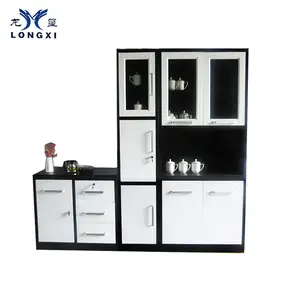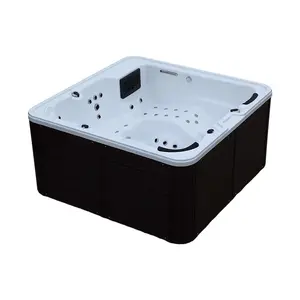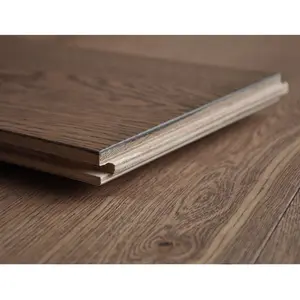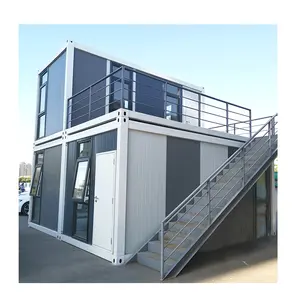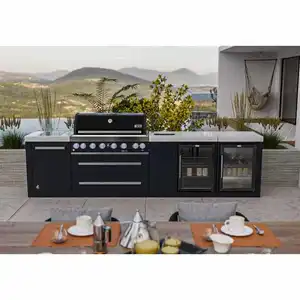Popular in your industry







































































Related Searches:











































 Ready to Ship
Ready to Ship










































































Top categories
About iron pillars column
An iron column serves as a critical structural component that, through compression, transfers the weight from the structure above down to the foundation or other supporting elements. Essentially, a column acts as a compression member. The term is particularly apt for a substantial circular support (the column's shaft) that includes a capital and a base or pedestal, and is constructed from iron in this instance.
Types and Characteristics of Iron Columns
Iron columns are available in a variety of forms, each with distinct features tailored to specific architectural styles and structural needs. Solid columns are sturdy and optimal for bearing substantial loads, making them ideal for large edifices such as commercial buildings and bridges. Conversely, hollow columns are more lightweight and are frequently employed in designs that require an ornamental yet practical element. Columns with hand-carved, antique styles impart a traditional elegance to structures, whereas modern designs provide a minimalist, contemporary aesthetic that can be adapted to suit any taste.
Structure and Components of Iron Columns
The structure of an iron column typically comprises a base, shaft, and capital. The base ensures stability, spreading the column's weight over a larger area. The shaft, which may be cylindrical or have multiple sides, is the principal load-bearing element. The capital, often ornate, also helps to disperse the load from the column to the structure it supports. Some designs incorporate additional elements like fluting and entasis, which enhance both the column's strength and its visual appeal, showcasing the delicate interplay between aesthetics and functionality.
Materials and Properties
Iron is the primary material used in iron columns, chosen for its considerable tensile strength and endurance. The integration of stainless steel can improve resistance to corrosion, while the inclusion of natural stone or marble can augment the visual allure of the column. These materials are selected not only for their structural attributes but also for their resilience to environmental factors and their maintenance simplicity.
Business Usages and Applications
In the commercial sphere, iron columns are utilized in a diverse array of environments. In the hospitality sector, they act as imposing entrance features for hotels. Within retail spaces such as shopping centers, they serve dual purposes as structural supports and design elements that shape the ambiance of the area. For outdoor settings like parks and educational institutions, they offer robustness and can be designed into play structures or signposts. Each application not only enhances the physical space but also contributes to the establishment's brand identity and the experience it offers to customers.
Functions and Tasks
The functions of iron columns are multifaceted. They are engineered to support loads, withstand environmental pressures, and add to the architectural splendor of a building. In industrial environments, they may act as pillars for heavy machinery or infrastructure, while in residential areas, they can be employed to create striking entrances or to uphold balconies and verandas.
Features and Unique Selling Points
The distinctive features of iron columns include their exceptional load-bearing capacity, immunity to fire and pests, and their versatility in being shaped into various forms and designs. These qualities distinguish them from columns made of alternative materials like wood or concrete, offering unique advantages that are attractive to architects, construction professionals, and property owners seeking durable, reliable solutions.
Benefits and Positive Outcomes
The benefits of employing iron columns are numerous. They provide unmatched strength and longevity, diminishing the frequency of replacements and upkeep. Their design flexibility allows for customization to align with any architectural genre, from the most classical to the avant-garde. For businesses, this translates to the capacity to forge a unique appearance that can draw in patrons or clients and amplify the property's overall worth.
How to Use and Operate
Effective utilization of iron columns entails a thorough understanding of their load-bearing properties and the assurance that they are correctly incorporated into the architectural design. Architects and engineers must assess the weight distribution and ascertain that the columns are strategically positioned to offer optimal support.
How to Choose the Right Iron Column
Selecting the appropriate iron column requires an evaluation of the load demands, the environmental conditions it will encounter, and the intended aesthetic effect. It is crucial to engage with structural engineers and designers to choose a column that not only bears the structure's weight but also complements its design.
How to Clean and Maintain Iron Columns
Maintenance and cleaning of iron columns generally involve routine checks for rust or damage, cleansing with suitable non-abrasive agents, and the application of protective coatings as needed. For those with elements of natural stone or marble, specialized cleaning products may be necessary to avert staining or etching.
How to Install Iron Columns
The installation of iron columns must be executed by skilled professionals. This process includes site preparation, ensuring a level foundation, and affixing the column securely, often using concrete or other anchoring methods. Precise alignment is essential to guarantee that the column can effectively distribute the structural load.
Target Audience and Meeting Needs
The target demographic for iron columns encompasses architects, builders, property developers, and business proprietors. Each product is crafted to satisfy the particular requirements and preferences of these groups, whether for structural reinforcement, aesthetic embellishment, or both. Manufacturers on Alibaba.com accommodate this varied clientele by providing an assortment of customizable options to meet the demands of any project.
What are the maintenance requirements for iron columns?
Maintenance for iron columns is relatively straightforward yet vital for preserving their structural soundness and visual appeal. Regular inspections are advised to monitor for signs of deterioration, corrosion, or damage. Cleaning should be performed with suitable materials to prevent surface scratches or damage, and any protective coatings should be kept in good condition to inhibit rust. For columns incorporating natural stone or marble, it is important to adhere to the proper cleaning methods for those substances.
How do iron columns contribute to the structural integrity of a building?
Iron columns are instrumental in maintaining a building's structural integrity by shouldering the load from above and dispersing it uniformly to the foundation. The sturdiness of iron enables these columns to sustain significant weights, rendering them indispensable in the construction of large-scale structures. Their design and placement must be carefully orchestrated to align with the engineering specifications of the building.
How can businesses customize iron columns for specific projects?
Businesses can tailor iron columns to their project's specifications through the various customization services offered by suppliers on Alibaba.com. By utilizing options such as graphic and 3D model design, companies can modify columns to meet particular project requirements. Suppliers can aid in selecting the appropriate design style, material, and hue, ensuring that the end product harmonizes with the project's aesthetic and functional requisites. Moreover, the possibility of consolidating various categories enables a more unified design strategy when incorporating columns into broader architectural endeavors.
